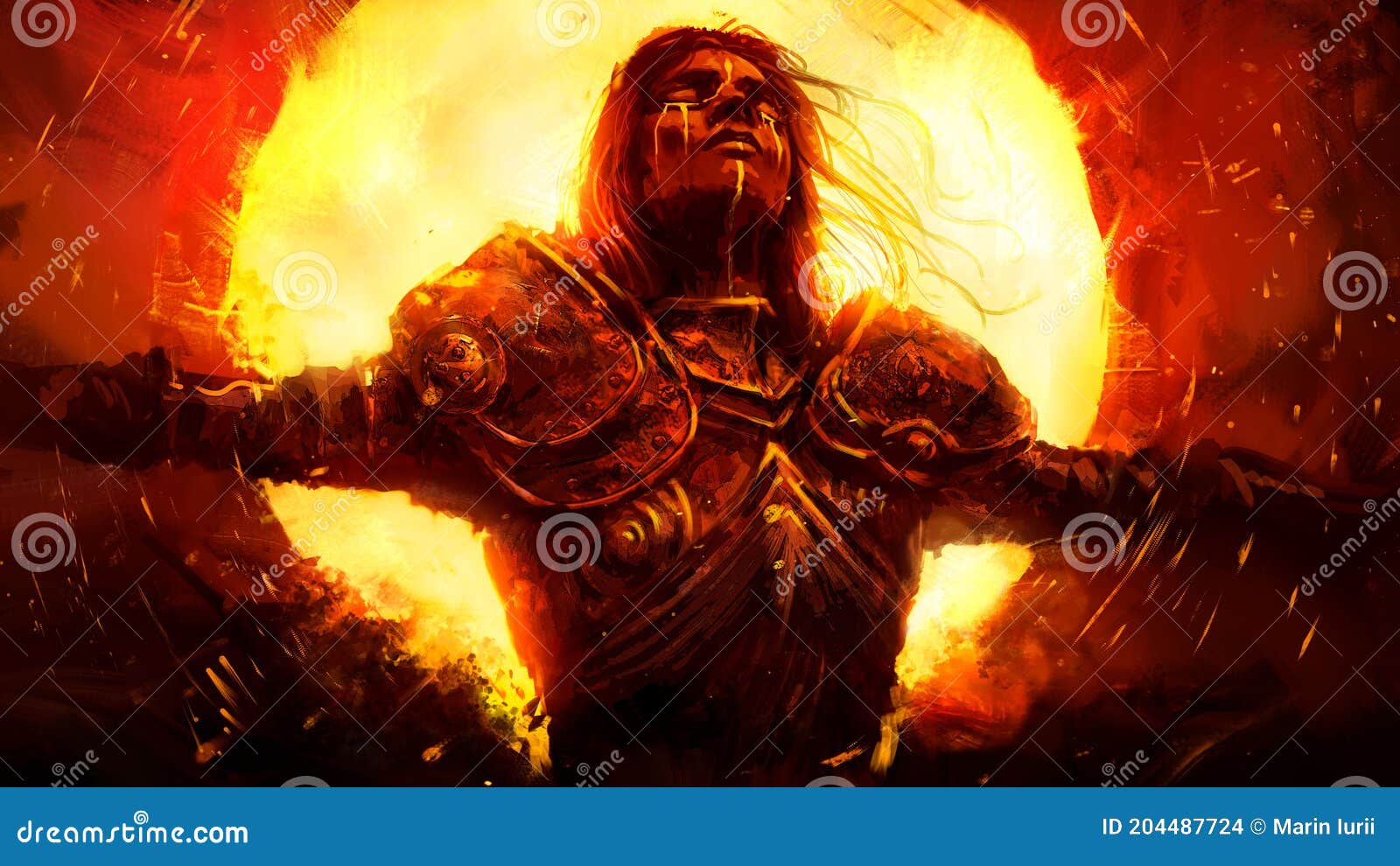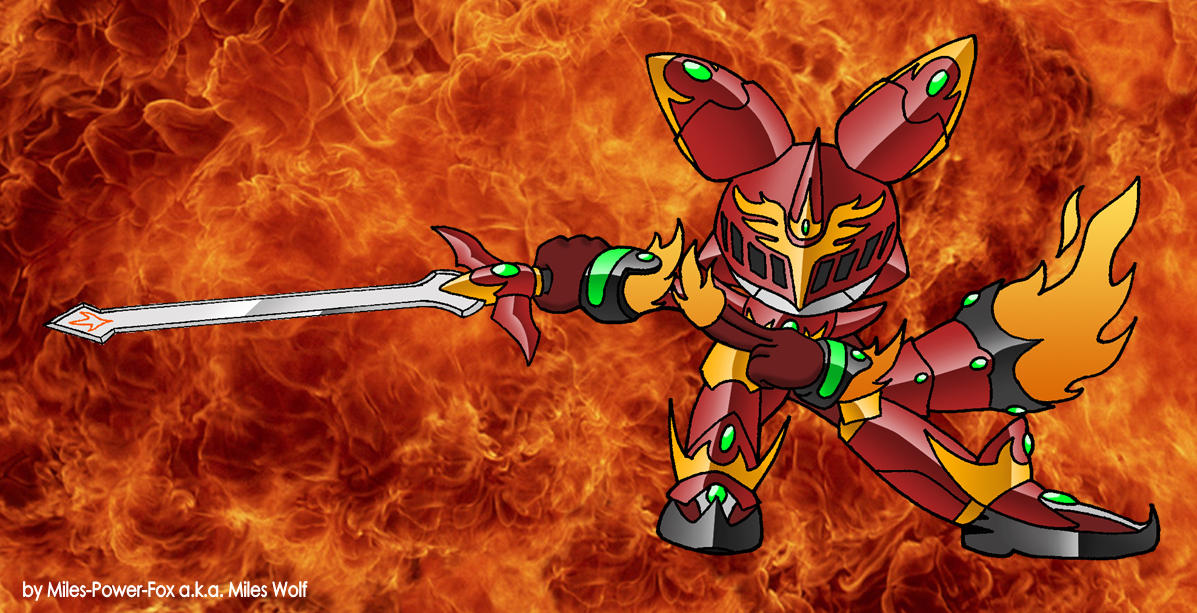
.jpg)
Blake seemed like an almost unnecessary side character that could have been written out of the book. In this novel, Blake’s character stays to the background, only coming forward at pivotal moments when the children are having realizations that are making them grow up (aka become more experienced). In the others, I liked how the reader got to know the artist as far as their work and their motivations. To me this book was not as enjoyable as Chevalier’s other works. In the second half of the novel, Blake continues to run into the children in more ‘adult’ situations as the novel shifts to a second half focused on the experiences of growing up.

Chevalier’s novel is set up so that the first half reflects the innocence of the children (Maisie, Jem, and Maggie) who are often shocked by Blake’s work-in-progress. Blake.Īt the time of the action, Blake has already published his book Songs of Innocence and is at work on Songs of Experience. Maggie makes fast friends with Jem and the two explore London together and delve into their interest in neighboring Mr.

The Kellaway children, Maisie and Jem meet another neighbor, Maggie Butterfield, who grew up in the rough-and-tumble of London life and is intrigued by the ignorance of the Kellaway children. Their neighbors are varied, from the up-tight landlady Miss Pellham, to womanizing circus-heir John Astley, and the French-sympathizing William Blake. The family sets up shop and are soon overwhelmed by the quick-paced city life of Lambath. Father Thomas Kellaway has been promised work by Philip Astley, a circus owner in the suburb of Lambath. The Kellaway family packed up their things and moved from a small town in Dorsetshire to London at the eve of the French Revolution.


 0 kommentar(er)
0 kommentar(er)
